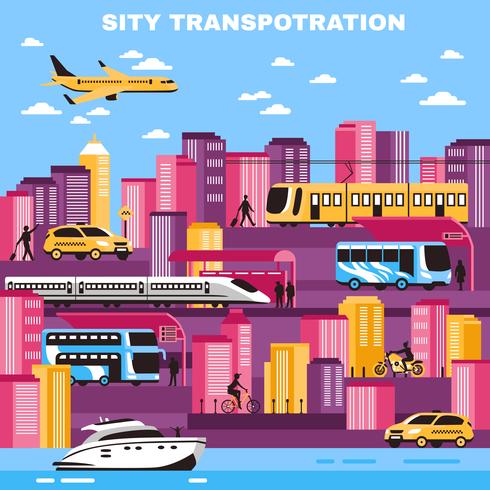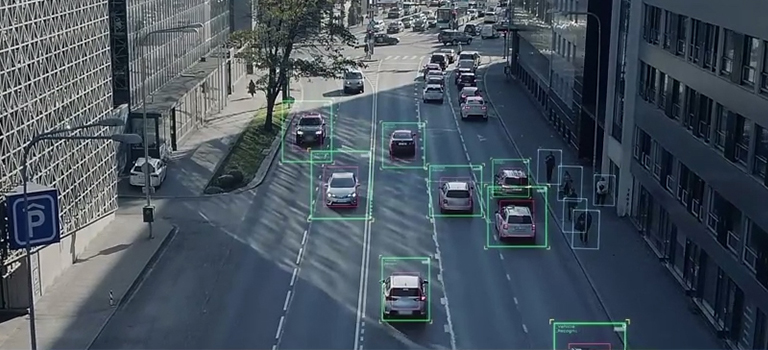Trams, also known as streetcars or trolleys, have been a popular mode of public transportation in many cities around the world. With their historical charm and environmental benefits, trams have gained a significant following. However, it is important to acknowledge that like any transportation system, trams also have their disadvantages. In this article, we will delve into the drawbacks of trams, exploring their impact on traffic, infrastructure, and operational efficiency.
- Limited Flexibility:
One of the primary disadvantages of trams is their limited flexibility compared to other modes of transportation. Tram tracks are fixed, meaning they are confined to specific routes and cannot be easily redirected or adjusted. This lack of flexibility can be problematic when cities need to adapt to changing transportation needs or when there is a need for route modifications due to construction or road closures. - Traffic Congestion:
Trams, while providing a sustainable transportation option, can contribute to traffic congestion in certain situations. Tram tracks occupy a portion of the road, reducing the available space for other vehicles. This can lead to increased traffic congestion, especially during peak hours or in areas with narrow streets. Additionally, trams often have frequent stops, which can further disrupt the flow of traffic. - Cost of Infrastructure:
The construction and maintenance of tram infrastructure can be a significant financial burden for cities. Building tram tracks, overhead wires, substations, and other necessary infrastructure requires substantial investment. Moreover, the ongoing maintenance costs, including track repairs and upgrades, can strain municipal budgets. This financial commitment may limit the feasibility of implementing tram systems in some cities. - Limited Capacity:
Trams typically have a limited passenger capacity compared to other modes of transportation, such as buses or trains. This can result in overcrowding during peak hours, leading to discomfort for passengers and potential delays. While increasing the frequency of trams can alleviate this issue to some extent, it may not always be feasible due to operational constraints or budget limitations. - Inflexible Operations:
Trams operate on fixed schedules, which can be both an advantage and a disadvantage. While schedules provide predictability for passengers, they can also be restrictive. Trams must adhere to their predetermined timetables, which may not always align with the dynamic nature of urban transportation. Delays caused by traffic congestion or other unforeseen circumstances can disrupt the entire tram network, affecting passenger satisfaction.
Conclusion:
While trams offer numerous benefits, it is crucial to consider their disadvantages as well. The limited flexibility, potential for traffic congestion, high infrastructure costs, limited capacity, and inflexible operations are all factors that need to be carefully evaluated when considering the implementation or expansion of tram systems. By understanding these drawbacks, cities can make informed decisions about their transportation infrastructure, ensuring a balanced and efficient public transportation network.



